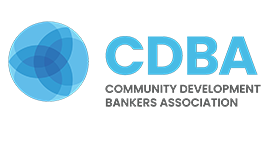Mapping Rural America’s Diversity and Demographic Change
The release of 2020 Census population data provided much-anticipated insight into the demographic trends reshaping our nation, but it also unleashed a wave of predictable headlines touting the demise of "shrinking rural America." The familiar narrative of "two Americas"—one diverse, metropolitan, and successful and one white, rural, and declining—cropped up once more, often explicitly equating "rural" with "white" or, even more simplistically, with white Trump voters. While this narrative provides an easy way to think about America in binary terms, it obscures the far more complicated trends shaping rural America: most notably, its growing demographic diversity over the last decade. While it is true that the population of nonmetropolitan[1] America fell by about half a percentage point between 2010 and 2020, the future of rural America is increasingly marked by growing diversity and expanding inequity within and across regions—creating an intricate picture that binary thinking can't capture. Here, we present three demographic trends from the 2020 Census that upend outdated assumptions about nonmetropolitan America and conclude with a call to embrace a more inclusive future for increasingly diverse and dynamic rural towns and regions.
